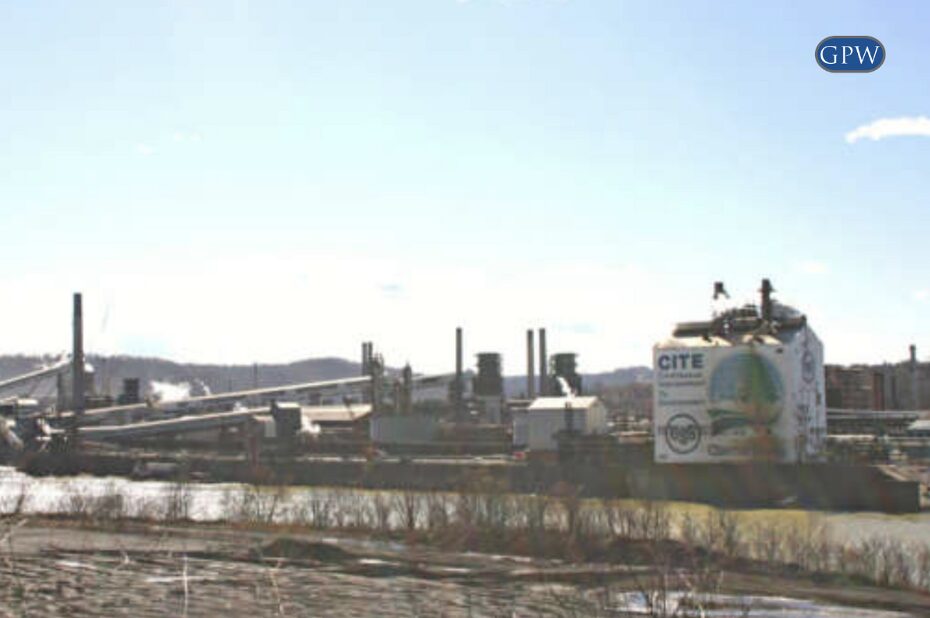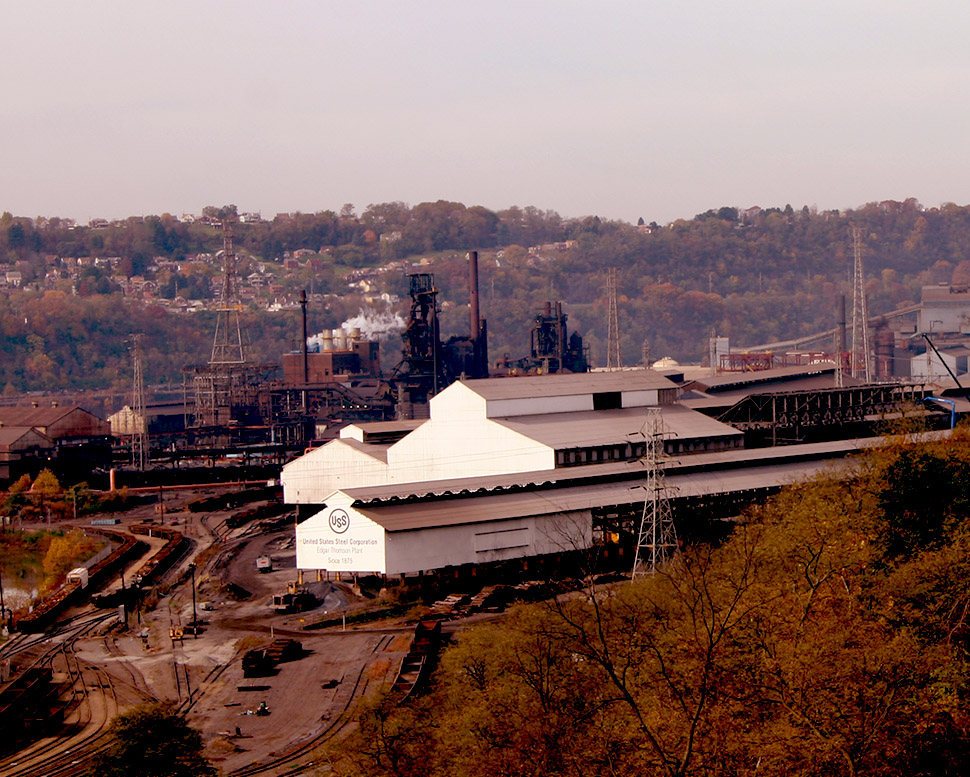Government Roles in Asbestos Regulation
Despite the deadly effects of asbestos use on people and the environment, asbestos has not been banned in the United States. Numerous attempts have been made by government agencies to regulate asbestos use by making it harder to obtain, restricting imports, and regulating handling and removal. Since mining operations stopped in 2002, America has relied solely on importing asbestos-containing products.
Written accounts prove that as far back as the 1930s, asbestos manufacturers knew about the deadly risks to people’s health associated with asbestos use. Rather than warn workers and the general public about the dangers and health risks, they attempted to bury the evidence.
Actions Taken to Regulate Asbestos Exposure
By the 1960s, individuals that had been exposed to asbestos started presenting with severe lung diseases. With no real medical treatment available to combat the diseases, many died. Asbestos-related deaths soon became too numerous and widespread to ignore. In the 1970 Clean Air Act, asbestos was one of the first hazardous air pollutants to be regulated.
In 1977, the Environmental Protection Agency named asbestos a class 1 carcinogen due to its harmful and damaging effects on people’s health. In the 1980s, the EPA banned the use of asbestos. However, the ban was challenged and overturned in court in the 1990s.
In 2006, the World Health Organization stated that the most efficient way to eliminate diseases caused by asbestos use is to stop using all types of asbestos. Sixty-seven countries have instituted a universal ban on all types of asbestos. The Frank R. Lautenberg Chemical Safety Act was signed into law in 2016. The Act requires the EPA to review potentially dangerous substances and provide safety recommendations.
U.S. Government Role in Asbestos Regulation
Environmental Protection Agency (EPA)
The EPA is charged with protecting and improving the environment in the U.S. The agency regulates and restricts the use of asbestos and enforces numerous asbestos-related laws and regulations.
Asbestos Hazard Emergency Response Act (AHERA) this law requires schools and other educational platforms to inspect buildings for asbestos -containing material. If asbestos is found, the law then requires officials to produce an asbestos management plan and reduce asbestos levels within the affected buildings.
- The Asbestos Information Act was passed in 1988. The Act identifies companies that produce asbestos-containing products and requires manufacturers to report production to the EPA.
- NESHAP or Asbestos National Emission Standards for Hazardous Air Pollutants regulates the use of asbestos products in specific work practices that involve demolitions and renovations of most structures, installations, and buildings.
- ASHARA or Asbestos School Hazard Abatement Reauthorization Act acts as a provision to the AHERA and extends funding for the abatement loan and grant program for schools.
- CERCLA or The Comprehensive Environmental Response, Compensation and Liability Act addresses abandoned hazardous waste sites in the United States and oversees the possible release of the carcinogen into the environment. CERCLA requires the EPA to protect and improve the air quality and ozone layer from asbestos contaminants.
- Restrictions on Discontinued Uses of Asbestos Rule The EPA must be notified before asbestos-containing products are manufactured, imported, or processed. The EPA reviews the products, then either implements any necessary restrictions or prohibits use.
- SWDA or Safe Drinking Water Act passed in 1976, protects the quality of drinking water in the United States.
- TSCA or Toxic Substances Control Act passed in 1976 gives the EPA authority to regulate how chemicals and toxic materials like asbestos are manufactured, used, and employed.
Occupational Safety and Health Administration (OSHA)
OSHA implements and manages safety and health standards to improve conditions for U.S. workers.
- The Asbestos General Standard limits asbestos exposure and enforces the labeling of asbestos products, regulates waste disposal, and enforces respiratory protection for workers.
- The Asbestos Construction Standard offers work training and specifies exposure limits.
NIOSH or National Institute for Occupational Safety & Health was set up by the Center for Disease Control in 1970 to assure American workers’ being through research, information, education, and training. Asbestos is one of the dangers that NIOSH researches and sets standards.
Mine Safety and Health Administration (MSHA)
MSHA regulates miners’ safety and health in the U.S. The organization implements respiratory protection measures for surface miners. MSHA also regulates exposure limits, engineering controls, and respiratory protection measures for underground miners.
Consumer Product Safety Commission (CPSC)
CPSC protects consumers and families from hazards in products, including electrical appliances, dangerous chemicals, and flammable materials. The CPSC regulates the general use of asbestos-containing fire-retardant materials, patching compounds, and asbestos-containing products for public use.
Each state has its asbestos regulations, in addition to implementing federal laws and regulations. If you or someone you love is diagnosed with an asbestos-related medical condition, contact Goldberg Persky and White P.C. today!



